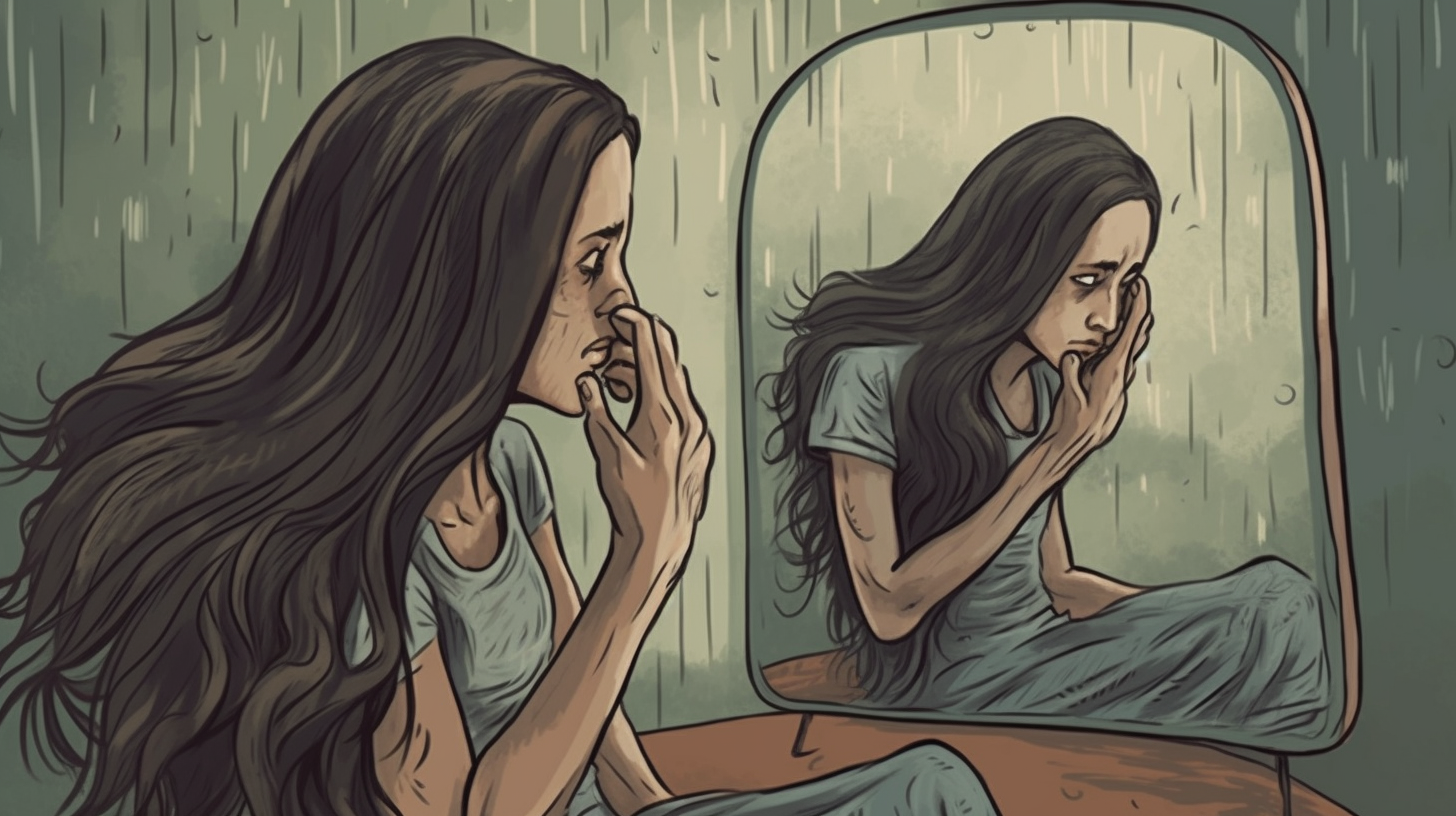The Ultimate Guide to Understanding Hair Regrowth: How Long Does It Take for Hair to Grow Back?
Are you wondering how long it takes for hair to grow back after experiencing hair loss or having it removed? Hair growth can be a complex process, affected by many factors such as genetics, age, and overall health. In this ultimate guide, we will explore the hair growth cycle, factors that affect hair growth, and practical tips to promote healthy hair regrowth. Whether you are experiencing hair loss or just curious about the science behind hair growth, this guide has everything you need to know.
The Hair Growth Cycle
Before diving into how long it takes for hair to grow back, it’s essential to understand the hair growth cycle. The average person has between 100,000 and 150,000 hairs on their scalp, with each strand going through three stages of growth:
- Anagen phase: This is the active growth phase where the hair follicle is producing new hair cells. It lasts between two to seven years and determines the length of your hair.
- Catagen phase: This is a transitional phase where the follicle shrinks and detaches from the blood supply. It lasts about two weeks.
- Telogen phase: This is the resting phase where the old hair falls out, and new growth begins. It lasts about three months before starting over again in the anagen phase.
The duration of each stage varies depending on various factors such as genetics and overall health. On average, around 90% of your scalp hairs are in the anagen phase at any given time.
Factors Affecting Hair Growth
Several factors can affect how long it takes for your hair to grow back after experiencing hair loss or having it removed. Here are some of the most important ones:
Age
As you age, your hair growth rate slows down, and the anagen phase shortens. This means that it takes longer for your hair to grow back after shedding or hair loss.
Genetics
Your genes play a significant role in determining your hair growth rate and density. Some people naturally have thicker, fuller hair while others have fine, thin hair.
Nutrition
A balanced diet rich in vitamins and minerals is essential for healthy hair growth. Nutrients such as biotin, iron, and zinc are particularly important for promoting healthy hair regrowth.
Hormones
Hormonal imbalances can cause hair loss or slow down the rate of hair growth. Conditions such as thyroid disorders and polycystic ovary syndrome (PCOS) can affect hormone levels and lead to hair loss.
How Long Does It Take for Hair to Grow Back?
The time it takes for your hair to grow back after experiencing hair loss or having it removed depends on several factors such as the cause of the loss, overall health, and genetics. Here are some estimates based on different types of hair loss:
- Alopecia Areata: This is an autoimmune disorder that causes patchy baldness on the scalp. Hair may start growing back within a few months, but it can take up to a year or more for full regrowth.
- Traction Alopecia: This type of hair loss is caused by tight hairstyles that pull on the scalp. Hair may start growing back within six months if you stop wearing tight hairstyles.
- Chemotherapy: Chemotherapy drugs attack rapidly dividing cancer cells, but they also affect healthy cells such as hair follicles. Hair may start growing back a few months after treatment ends, but it can take up to a year or more for full regrowth.
- Hair Transplant: A hair transplant involves surgically removing hair from one part of the scalp and transplanting it to another. It can take several months for transplanted hair to start growing again.
Promoting Healthy Hair Regrowth
While you cannot control all factors affecting hair growth, there are several things you can do to promote healthy hair regrowth. Here are some tips:
Eating a Balanced Diet
Eating a balanced diet rich in vitamins and minerals is essential for healthy hair growth. Foods such as salmon, eggs, spinach, and sweet potatoes are particularly beneficial for promoting healthy hair.
Using Hair Growth Products
There are several over-the-counter products that claim to promote healthy hair growth such as shampoos, conditioners, and serums. Look for products with ingredients such as biotin, caffeine, and minoxidil.
Avoiding Tight Hairstyles
Tight hairstyles such as braids and ponytails can cause traction alopecia, which leads to hair loss. Avoid wearing tight hairstyles frequently and opt for looser styles instead.
Avoiding Heat Styling Tools
Heat styling tools such as flat irons and curling wands can damage hair follicles and lead to breakage. Limit the use of heat styling tools or use them on low heat settings.
Maintaining Good Scalp Health
A healthy scalp is essential for healthy hair growth. Keep your scalp clean and moisturized by washing it regularly and using a gentle shampoo.
Conclusion
Understanding the hair growth cycle and factors affecting hair growth is essential for promoting healthy hair regrowth. While you cannot control all factors affecting hair growth, there are several things you can do to promote healthy hair such as eating a balanced diet, using hair growth products, avoiding tight hairstyles, avoiding heat styling tools, and maintaining good scalp health. By following these tips and being patient, you can promote healthy hair regrowth and achieve the luscious locks you desire.



